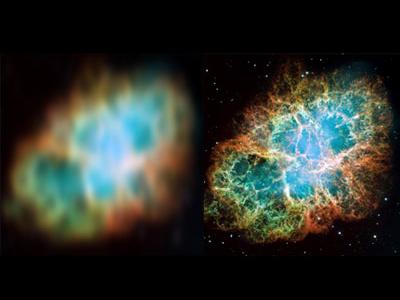Documents
Presentation Slides
Fast and Stable Signal Deconvolution via Compressible State-Space Models

- Citation Author(s):
- Submitted by:
- Abbas Kazemipour
- Last updated:
- 12 December 2016 - 9:35am
- Document Type:
- Presentation Slides
- Document Year:
- 2016
- Event:
- Presenters:
- Abbas Kazemipour
- Paper Code:
- 1516
- Categories:
- Keywords:
- Log in to post comments
Objective: Common biological measurements are in
the form of noisy convolutions of signals of interest with possibly
unknown and transient blurring kernels. Examples include EEG
and calcium imaging data. Thus, signal deconvolution of these
measurements is crucial in understanding the underlying biological
processes. The objective of this paper is to develop fast and
stable solutions for signal deconvolution from noisy, blurred and
undersampled data, where the signals are in the form of discrete
events distributed in time and space. Methods: We introduce
compressible state-space models as a framework to model and
estimate such discrete events. These state-space models admit
abrupt changes in the states and have a convergent transition
matrix, and are coupled with compressive linear measurements.
We consider a dynamic compressive sensing optimization problem
and develop a fast solution, using two nested Expectation
Maximization algorithms, to jointly estimate the states as well
as their transition matrices. Under suitable sparsity assumptions
on the dynamics, we prove optimal stability guarantees for the
recovery of the states and present a method for the identification
of the underlying discrete events with precise confidence bounds.
Results: We present simulation studies as well as application
to calcium deconvolution and sleep spindle detection, which
verify our theoretical results and show significant improvement
over existing techniques. Conclusion: Our results show that
by explicitly modeling the dynamics of the underlying signals,
it is possible to construct signal deconvolution solutions that
are scalable, statistically robust, and achieve high temporal
resolution. Significance: Our proposed methodology provides a
framework for modeling and deconvolution of noisy, blurred, and
undersampled measurements in a fast and stable fashion, with
potential application to a wide range of biological data.

